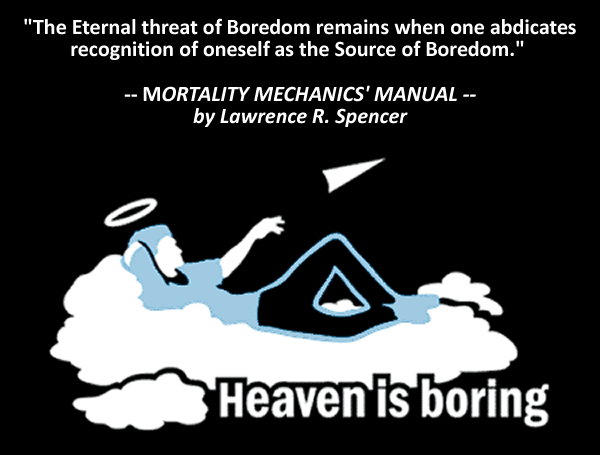Republished by Blog Post Promoter

Death is the starlit strip between the companionship of yesterday and the reunion of tomorrow.
– on monument erected to Mark Twain & Ossip Gabrilowitsch
All say, “How hard it is that we have to die”– a strange complaint to come from the mouths of people who have had to live.
– The Tragedy of Pudd’nhead Wilson and the Comedy of the Extraordinary Twins
Whoever has lived long enough to find out what life is, knows how deep a debt of gratitude we owe to Adam, the first great benefactor of our race. He brought death into the world.
– The Tragedy of Pudd’nhead Wilson and the Comedy of the Extraordinary Twins
The Impartial Friend: Death, the only immortal who treats us all alike, whose pity and whose peace and whose refuge are for all–the soiled and the pure, the rich and the poor, the loved and the unloved.
– Mark Twain, last written statement; Moments with Mark Twain, Paine
Pity is for the living, envy is for the dead.
– Following the Equator
Death, the refuge, the solace, the best and kindliest and most prized friend and benefactor of the erring, the forsaken, the old and weary and broken of heart.
– Adam speech, 1883
Life was not a valuable gift, but death was. Life was a fever-dream made up of joys embittered by sorrows, pleasure poisoned by pain; a dream that was a nightmare-confusion of spasmodic and fleeting delights, ecstasies, exultations, happinesses, interspersed with long-drawn miseries, griefs, perils, horrors, disappointments, defeats,humiliations, and despairs–the heaviest curse devisable by divine ingenuity; but death was sweet, death was gentle, death was kind; death healed the bruised spirit and the broken heart, and gave them rest and forgetfulness; death was man’s best friend; when man could endure life no longer, death came and set him free.
– Letters from the Earth
Manifestly, dying is nothing to a really great and brave man.
– Letter to Olivia Clemens, 7/1/1885 (referring to General Grant)
How lovely is death; and how niggardly it is doled out.
– Letter to Olivia Clemens, 8/19/1896
It is a solemn thought: dead, the noblest man’s meat is inferior to pork.
– More Maxims of Mark, Johnson, 1927
[I am] not sorry for anybody who is granted the privilege of prying behind the curtain to see if there is any contrivance that is half so shabby and poor and foolish as the invention of mortal life.
– Letter to Mary Mason Fairbanks, 1894
I think we never become really and genuinely our entire and honest selves until we are dead–and not then until we have been dead years and years. People ought to start dead, and they would be honest so much earlier.
– Mark Twain in Eruption
To die one’s self is a thing that must be easy, & light of consequence; but to lose a part of one’s self–well, we know how deep that pang goes, we who have suffered that disaster, received that wound which cannot heal.
– Letter to Will Bowen, 11/4/1888
Favored above Kings and Emperors is the stillborn child.
– Notebook, #42 1898
All people have had ill luck, but Jairus’s daughter & Lazarus the worst.
– Notebook #42, 1898
No real estate is permanently valuable but the grave.
– Notebook #42, 1898
Death is so kind, so benignant, to whom he loves; but he goes by us others & will not look our way.
– Letter to W. D. Howells, 12/20/1898
A distinguished man should be as particular about his last words as he is about his last breath. He should write them out on a slip of paper and take the judgment of his friends on them. He should never leave such a thing to the last hour of his life, and trust to an intellectual spurt at the last moment to enable him to say something smart with his latest gasp and launch into eternity with grandeur.
– “The Last Words of Great Men”, 1869
Death….a great Leveler — a king before whose tremendous majesty shades & differences in littleness cannot be discerned — an Alp from whose summit all small things are the same size.
– Letter to Olivia Clemens, 10/15/1871







